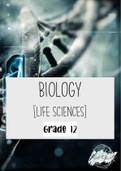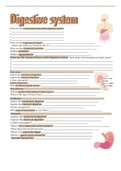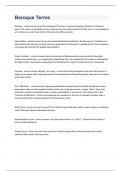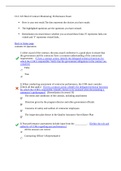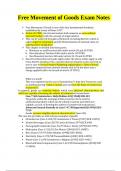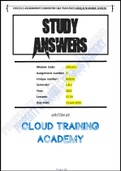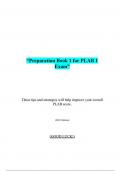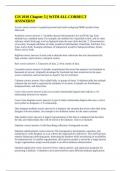Samenvatting
Grade 12_Biology [Life Sciences]_Summary
- Vak
- Instelling
Detailed summaries of the Grade 12 Life Sciences / Biology syllabus (CAPS & IEB SAGS). Can be used for exam and test preparation. Compiled from various sources to enhance the learning experience and enrich the content of the summaries.
[Meer zien]
